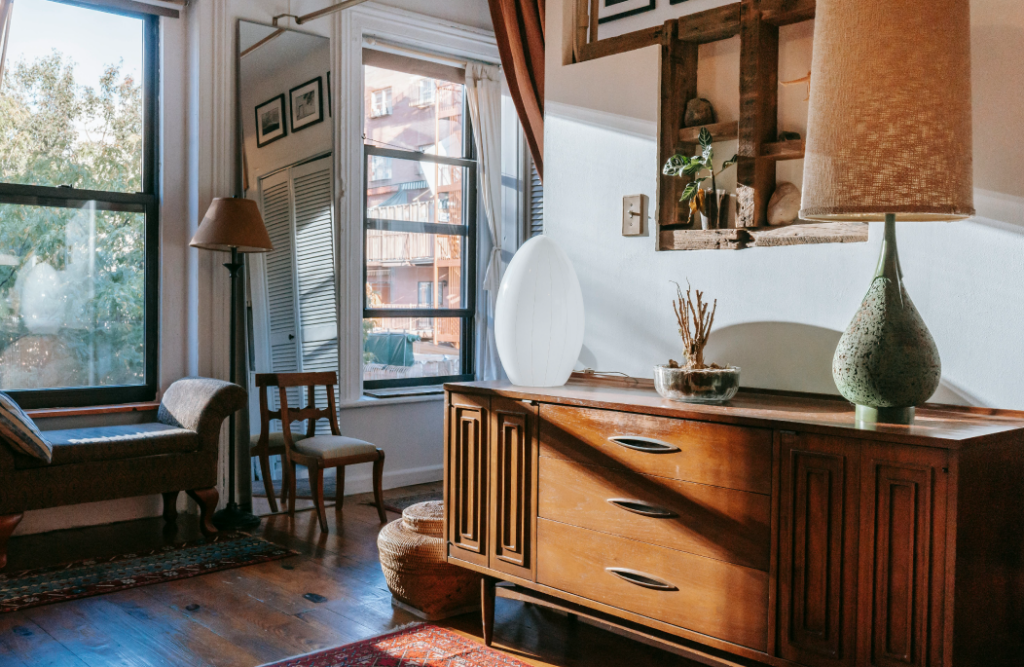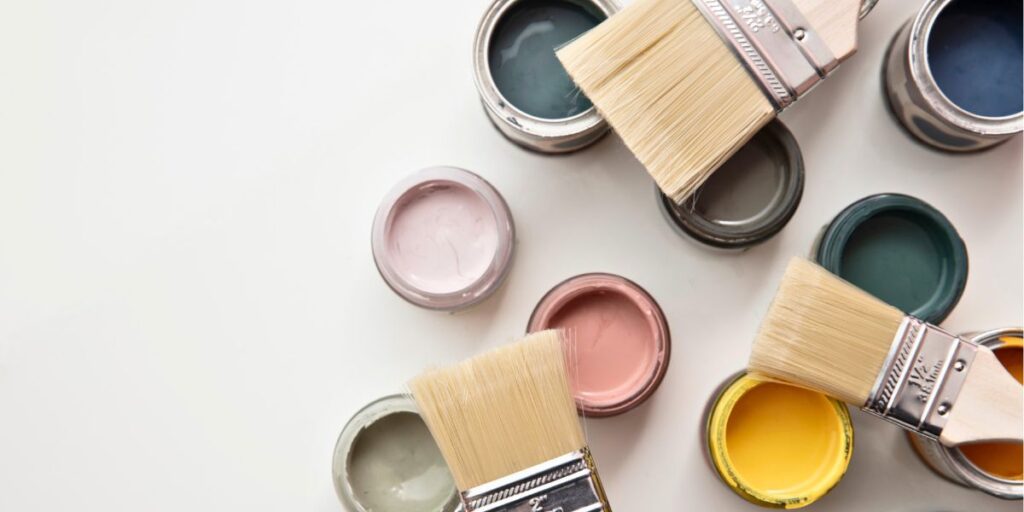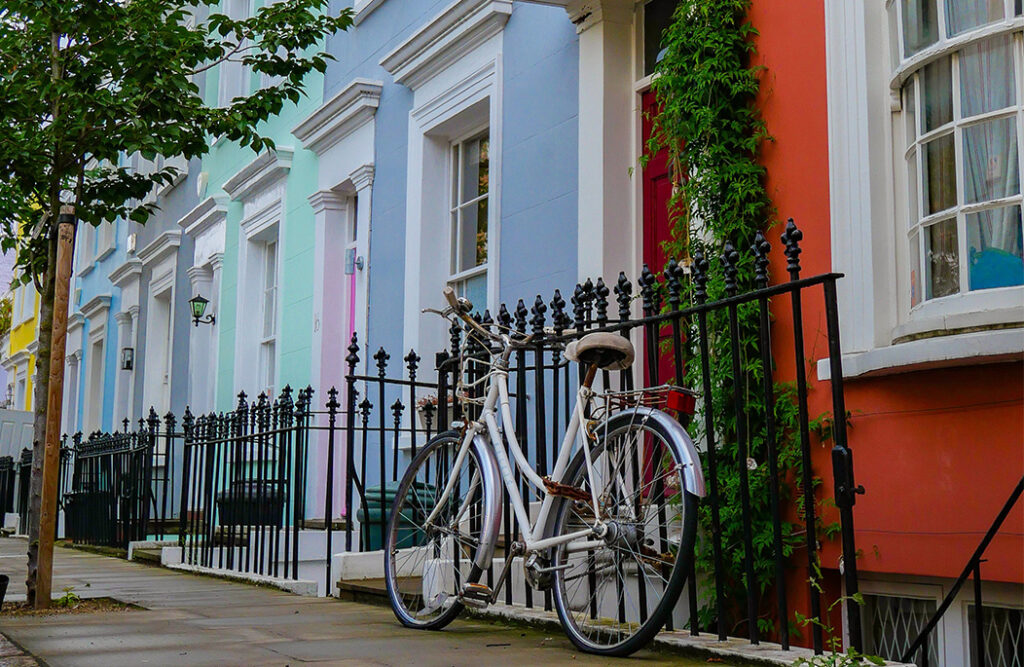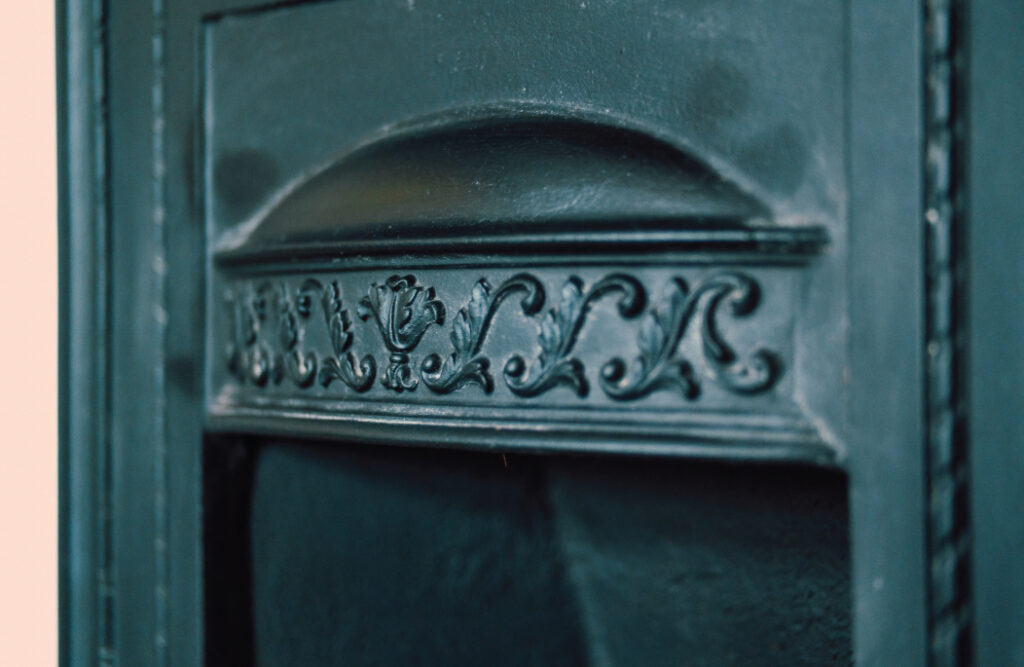In the world of interior design, you may find the terminology used a little like a foreign language. From design styles and movements to painting and decorating trends, as well as patterns and textures, each term carries its own significance and contributes to the overall aesthetic and functionality of a space.
Whether you’re a seasoned designer, a homeowner embarking on a renovation journey, or simply someone with a keen interest in the world of interiors, this guide aims to decode and define the key terminology used in interior design.

Different design styles explained
Art Deco: Originating in the 1920s, Art Deco is characterised by geometric shapes, luxurious materials and bold colours, exuding glamour and sophistication.
Art Nouveau: Organic, curvilinear design with floral motifs, stained glass, and asymmetrical compositions, evoking elegance and sensuality inspired by nature.
Arts and Crafts: Handcrafted simplicity using honest materials, emphasising craftsmanship, functionality, and folk-inspired elements, creating cosy and authentic spaces. Read our blog which contains Arts and Crafts-style interior decorating ideas.
Bauhaus: Founded on the principles of functionality and minimalism, Bauhaus design focuses on simplicity, geometric forms and the integration of art and technology.
Boho: Short for bohemian, this eclectic style draws inspiration from various cultures and eras, featuring vibrant colours, eclectic patterns and an effortless, free-spirited vibe.
Brutalism: Characterised by raw concrete surfaces, geometric shapes, and a focus on functionality. Minimalistic yet imposing, with exposed structural elements and an emphasis on form following function.
Feng Shui: A Chinese philosophical system, Feng Shui aims to harmonise individuals with their environment by arranging furniture and decor to optimise energy flow and promote balance and well-being.
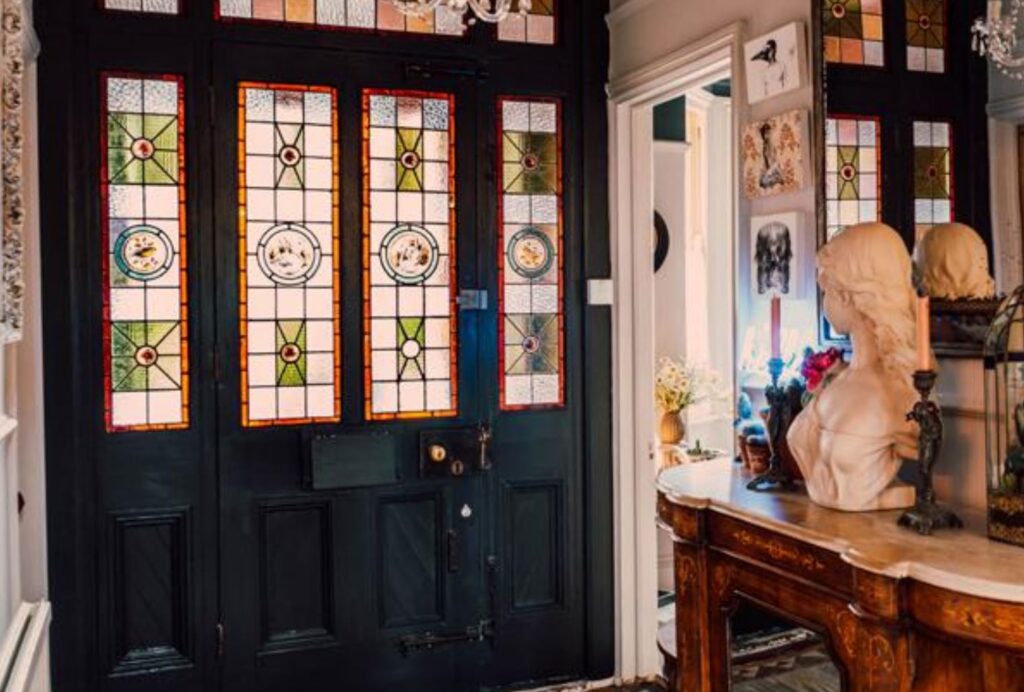
Gothic: Dramatic and ornamental style characterised by pointed arches, ribbed vaults, and dark hues, evoking a sense of mystery and grandeur often associated with medieval architecture.
Hygge: Hailing from Denmark, Hygge embodies comfort, cosiness, and a sense of well-being. It celebrates simple pleasures, soft textures, and warm lighting to create inviting and nurturing spaces.
Maximalist: The antithesis of minimalism, maximalism embraces bold colours, intricate patterns, and eclectic decor, encouraging layering and mixing styles to create visually rich and dynamic interiors.
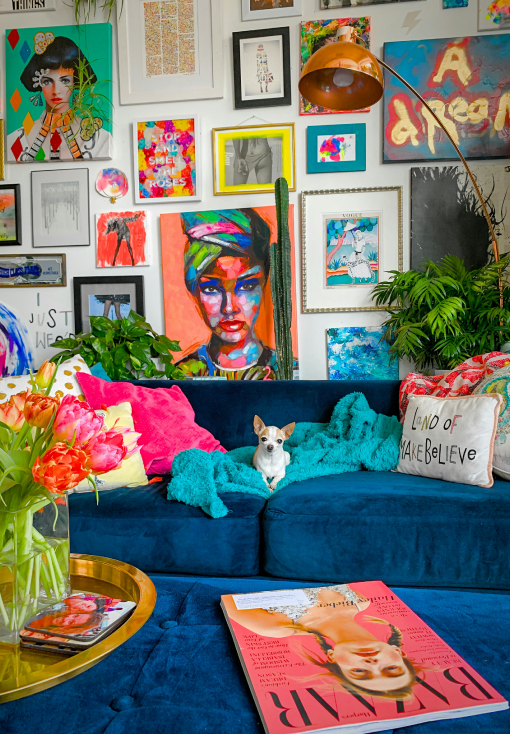
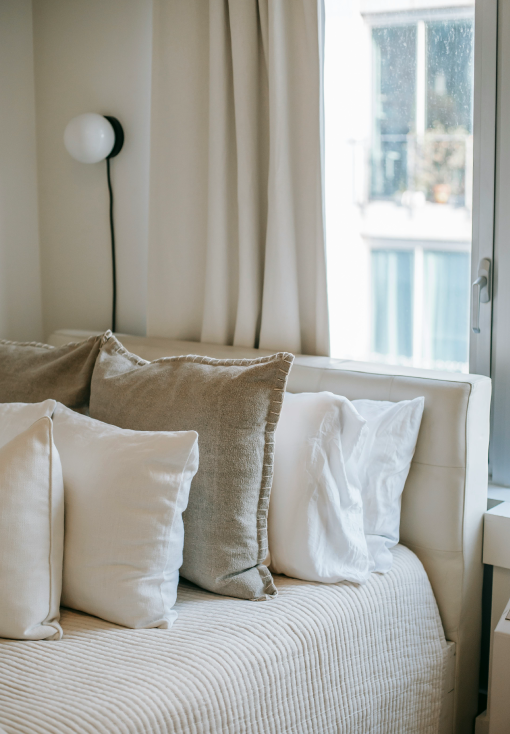
Minimalist: Characterised by simplicity, clean lines, and a focus on functionality, minimalism advocates for decluttered spaces and a restrained colour palette.
Modernist: Another form of minimalist design, featuring clean lines, functionalism, and industrial materials, prioritising open spaces and innovation with a focus on form follows function.
Monochromatic: This design approach revolves around a single colour palette, utilising different shades, tones and textures to create depth and visual interest within a space.
Retro: Drawing inspiration from past decades, retro design incorporates nostalgic elements from the 1950s, 60s, 70s, and 80s, showcasing bold colours, geometric patterns and vintage furniture pieces.
Scandi: Short for Scandinavian, this design style emphasises simplicity, natural materials and functionality, often featuring neutral colours, clean lines and a cosy ambiance.
Victorian: Inspired by the Victorian era – Queen Victoria’s reign from 1837 until 1901 – is characterised by ornate detailing, rich colours, and opulent furnishings, evoking a sense of grandeur and romance. Read our blog about the pros and cons of buying a Victorian house.
download the full victorian homes ebook
Download Victorian Homes, a free ebook created by Adrian Flux insurance services. It is full of Victorian house facts, tips on how to create a Victorian style house — even if you live in a new-build home — and advice on where to source original Victorian and reproduction fixtures, fittings, furniture, accessories and art.
Painting and decorating trends
Colour blocking: The practice of juxtaposing blocks of solid colours to create visual interest and delineate different areas within a space, often used on walls, furniture, or accessories.
Colour drenching: A technique where entire rooms or spaces are saturated with a single colour, creating a cohesive and immersive experience. Read our blog containing painting advice for redecorating your Victorian home.
Feature wall: A wall within a room that is accentuated or highlighted with a different colour, pattern, texture, material or wall-paper to serve as a focal point. Read our blog about weird wallpaper facts from the Victorian era and beyond.
Limewash: A traditional painting technique that involves applying a mixture of slaked lime, water and natural pigments to create a soft, chalky finish with subtle variations in colour. Read our blog about painting your home the Victorian way.
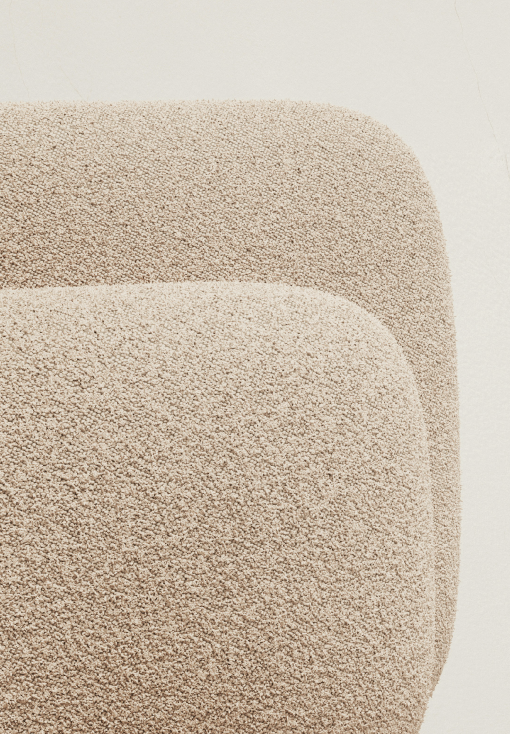
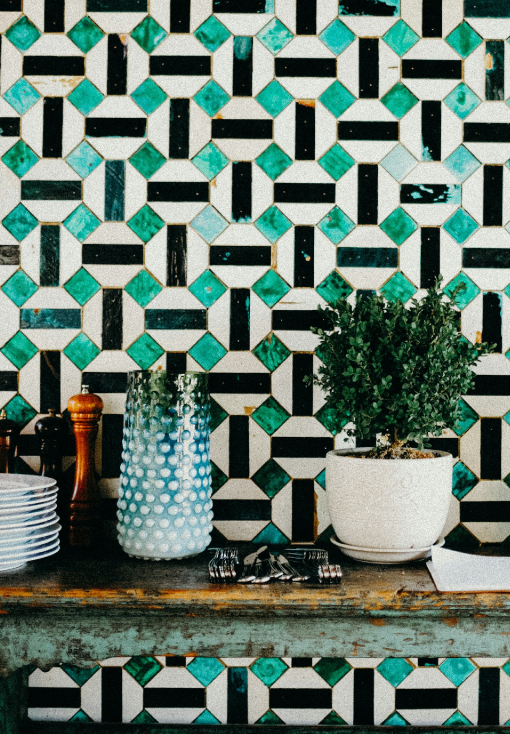
Patterns and textures
Bouclé: A textured fabric characterised by looped yarns, creating a plush and tactile surface often used in upholstery and soft furnishings.
Chenille: A soft, velvety fabric with a fuzzy texture, created by weaving tufted yarns onto a base fabric, often used in upholstery and bedding for its comfort and warmth.
Chinoiserie: Inspired by Chinese art and design, chinoiserie features decorative motifs such as pagodas, exotic landscapes, and delicate floral patterns, often depicted on wallpaper, textiles, and ceramics.
Geometric: Patterns characterised by repeated geometric shapes or lines, including squares, triangles, circles, and hexagons, adding visual interest and a modern edge to interiors.
Jacquard: A type of woven fabric characterised by intricate patterns or designs that are incorporated into the weave rather than printed on the surface.
Velvet: A luxurious fabric with a dense pile that gives it a soft, plush texture, commonly used in upholstery, drapery, and decorative accents to add richness and elegance to a space.
Expressing yourself in interior design
Understanding these key interior design terms provides a foundation for creating cohesive and visually appealing spaces that reflect personal style and functional needs.
Whether you’re drawn to the simplicity of minimalism, the opulence of Art Deco, or the cosy allure of Hygge, incorporating these concepts into your design endeavours can help you articulate your vision and bring your spaces to life.
From selecting the right colours and textures to experimenting with different patterns and styles, the world of interior design offers endless possibilities for creativity and self-expression. Read our blog about eight famous Victorian interior designers and architects.
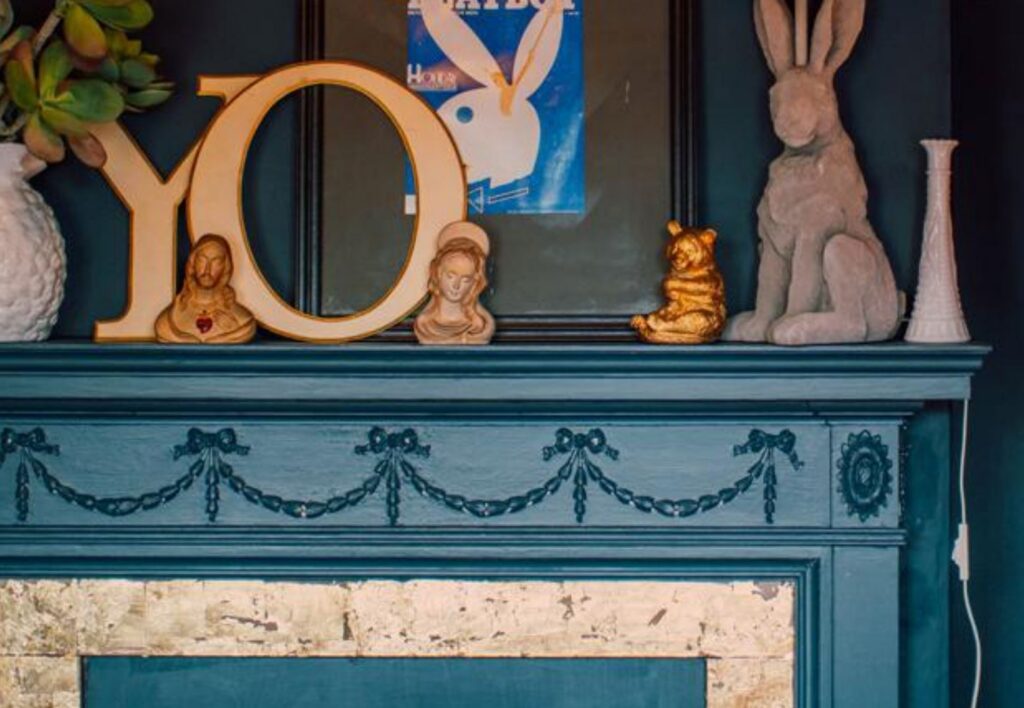
Insurance for every home, no matter what the interior design style
Whatever style you favour for the interior design projects in your home, you will want to ensure your work is well protected. That’s where the team at Adrian Flux come in handy with their wide range of specialist home insurance policies. Call 0800 916 1270 for a swift, no-hassle quote.
